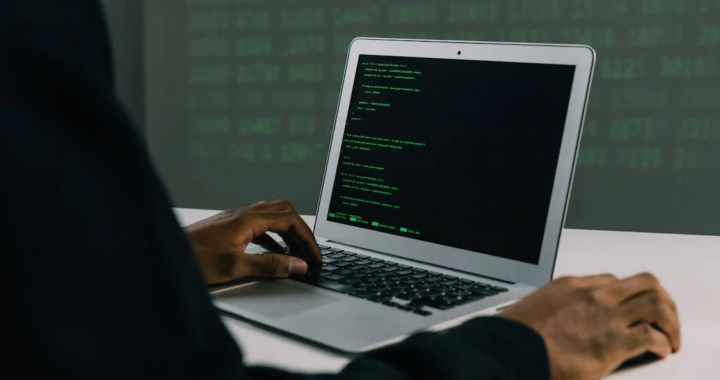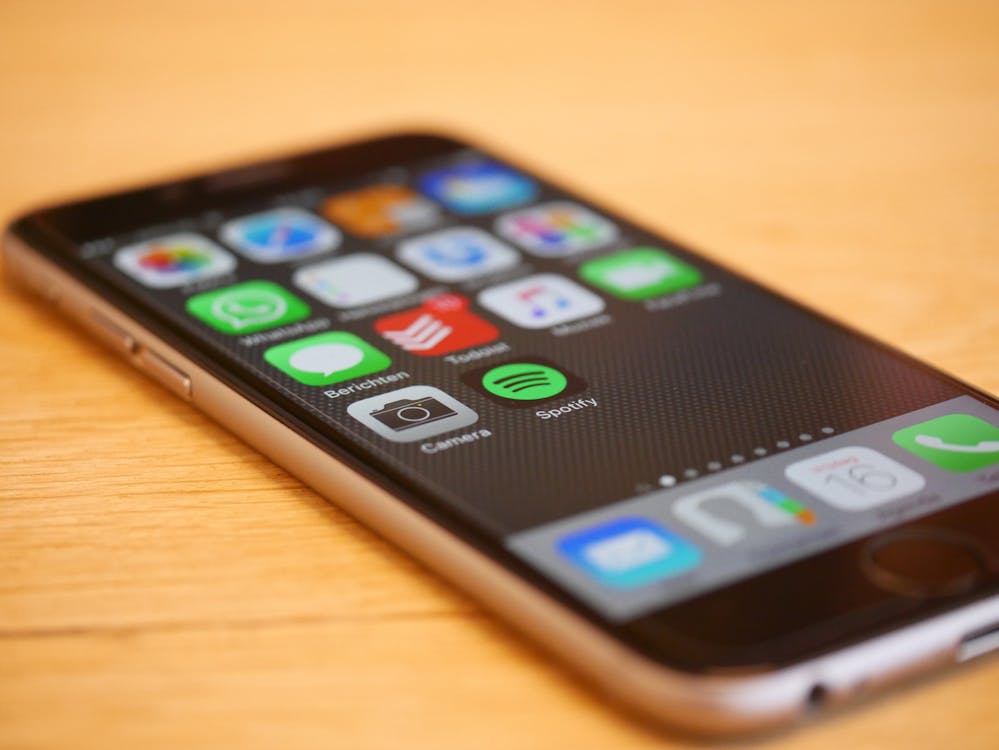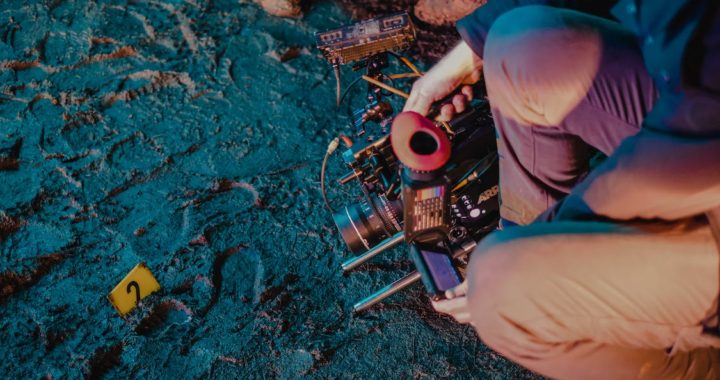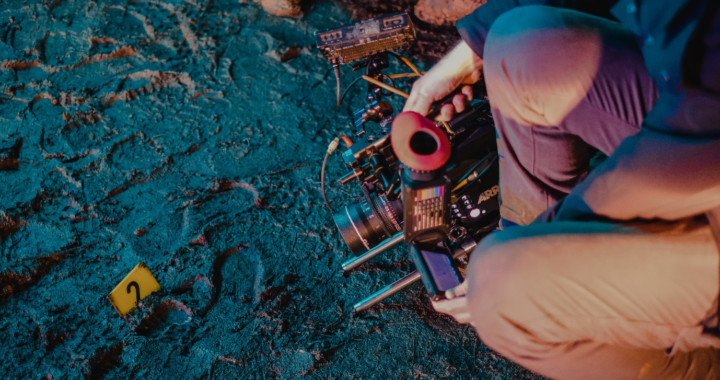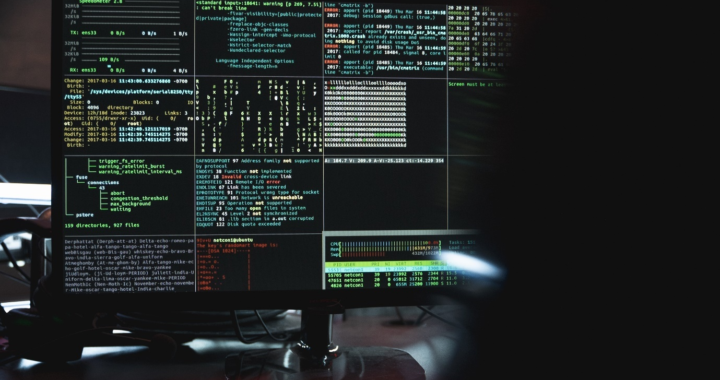Previously, digital forensics was often referred to as computer forensics. However, with the increase in technological advancements and the introduction of several new smart devices, the field is now referred to as digital forensics. As we are living in a highly connected and digital world, it makes sense that computer forensics and other types of forensics analysis, like mobile forensics, go hand in hand.
Even though the basic concept of forensic analysis is the same, there are several other significant differences between computer and mobile forensics. Read this blog to explore more.
Computer Forensics vs. Mobile Forensics: Data Acquisition
One of the first differences between the forensic analysis procedures is the way data is collected. In computer forensics, the devices that digital experts are imaging are static storage devices, which means you will obtain the same image every time.
On the other hand, the devices that the experts are imaging during mobile forensics are dynamic systems, which means you can retrieve the existing files from the device.
Computer Forensics vs. Mobile Forensics: Data Preservation
A computer can be shut down, which means it is preserved because it does not need to be turned back on to retrieve information. On the contrary, the only way to retrieve information from a mobile device is to turn it on, which means the state of the device is altered and it can’t be preserved.
Computer Forensics vs. Mobile Forensics: Operating Systems
Computer forensics is limited to three operating systems; OSs, Mac, and Windows. On the other hand, the operating systems used during a mobile forensic analysis are Android, iOS, and Windows.
Work with Digital Forensics Experts for Best Results
Now that you know the difference between computer and mobile forensics, it is time to hire professionals.
At Eclipse Forensics, we offer digital forensic services, including video analysis, audio forensic authentication, image redaction, and much more. Hire our reliable and experienced forensic experts in Florida for optimal results. We have been operating since 2005 and can handle a variety of cases.
Want to learn more? Get in touch with us to learn more from our experts.

